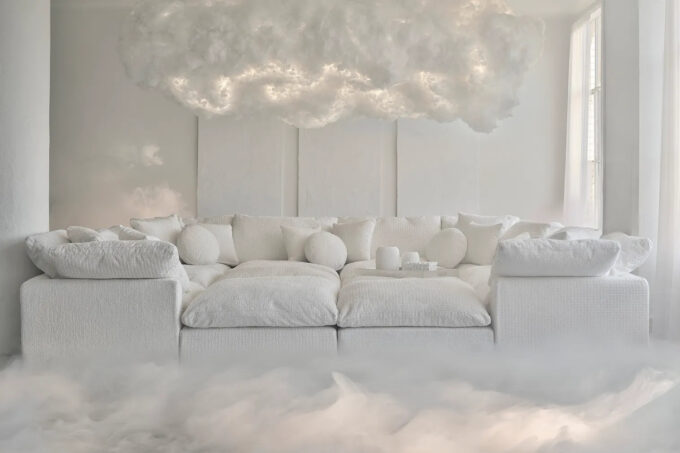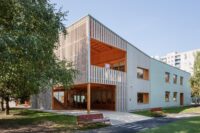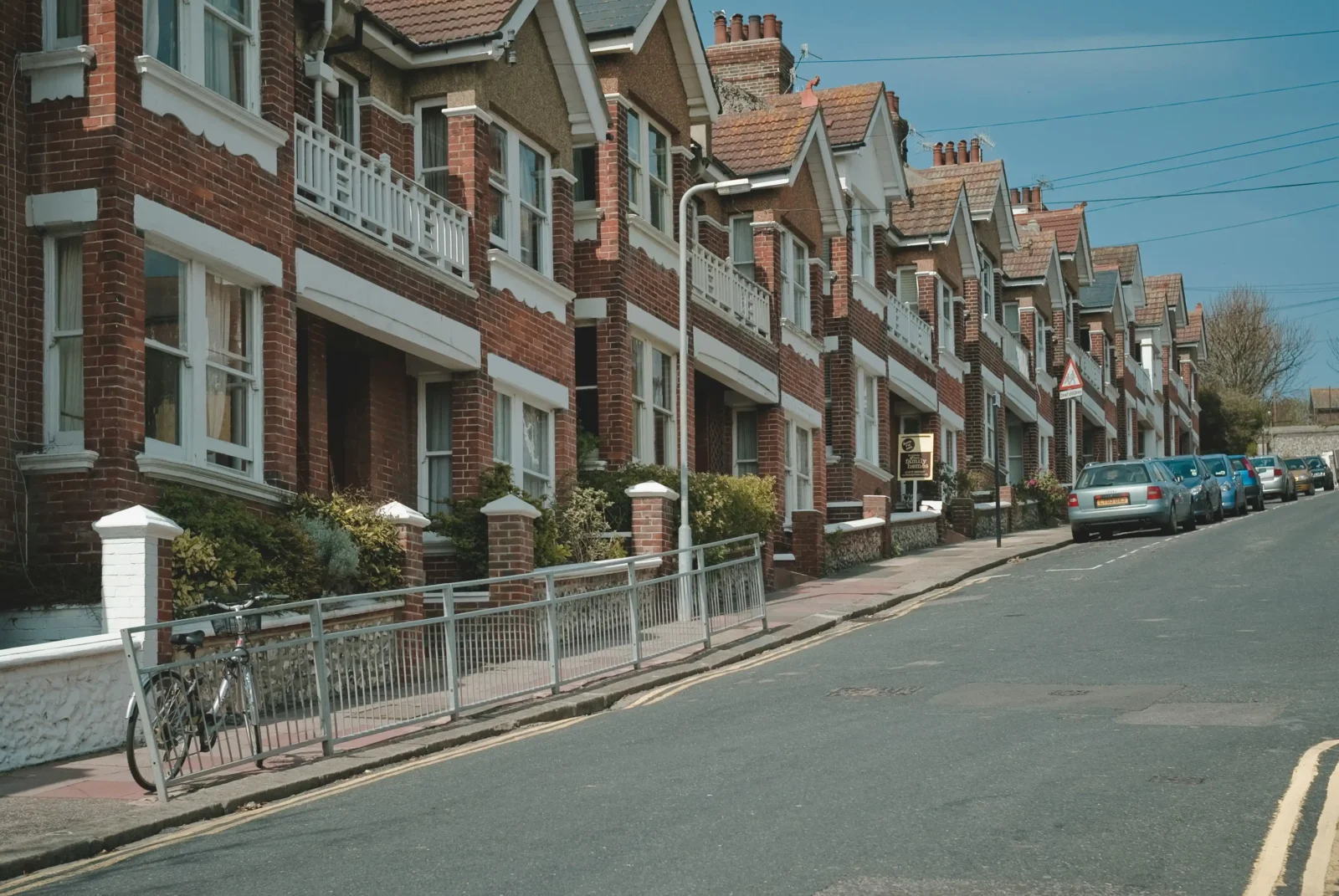- Home
- Articles
- Architectural Portfolio
- Architectral Presentation
- Inspirational Stories
- Architecture News
- Visualization
- BIM Industry
- Facade Design
- Parametric Design
- Career
- Landscape Architecture
- Construction
- Artificial Intelligence
- Sketching
- Design Softwares
- Diagrams
- Writing
- Architectural Tips
- Sustainability
- Courses
- Concept
- Technology
- History & Heritage
- Future of Architecture
- Guides & How-To
- Art & Culture
- Projects
- Interior Design
- Competitions
- Jobs
- Store
- Tools
- More
- Home
- Articles
- Architectural Portfolio
- Architectral Presentation
- Inspirational Stories
- Architecture News
- Visualization
- BIM Industry
- Facade Design
- Parametric Design
- Career
- Landscape Architecture
- Construction
- Artificial Intelligence
- Sketching
- Design Softwares
- Diagrams
- Writing
- Architectural Tips
- Sustainability
- Courses
- Concept
- Technology
- History & Heritage
- Future of Architecture
- Guides & How-To
- Art & Culture
- Projects
- Interior Design
- Competitions
- Jobs
- Store
- Tools
- More
Transforming Spaces: The Design of Lighting Elements in Architecture for Aesthetics and Functionality
Discover the transformative power of lighting in architecture in this insightful article. Delve into how lighting influences mood, enhances aesthetics, and defines spatial boundaries through the strategic use of ambient, task, and accent elements. Explore innovative trends, including smart technology and sustainability, that are reshaping design.

Lighting isn’t just a functional necessity in architecture; it’s a powerful tool that shapes our experience of space. From the soft glow of a cozy café to the dramatic illumination of a grand hall, the design of lighting elements can transform any environment. We often overlook how light interacts with materials, colors, and forms to create mood and ambiance.
As we explore the intricacies of lighting design in architecture, we’ll uncover how thoughtful integration of natural and artificial light enhances both aesthetics and functionality. Whether it’s highlighting architectural features or fostering a sense of comfort, the right lighting can elevate a space from ordinary to extraordinary. Join us as we delve into the principles and innovations that make lighting an essential component of architectural design.

Table of Contents
ToggleImportance of Lighting in Architecture
Lighting holds significant importance in architecture, extending beyond basic functionality. We recognize that it can dramatically alter the perception of space, contributing to both aesthetic value and user experience.
Enhancing Aesthetic Appeal
Lighting enhances the aesthetic appeal of architectural elements. It accentuates textures, highlights colors, and defines spatial boundaries. By strategically placing fixtures, we guide the viewer’s eye and create focal points that enhance design features. Options like pendant lights and wall sconces add visual interest to interiors and exteriors alike. Additionally, natural light introduces a dynamic element, shifting with time and weather, further enriching the overall aesthetic.

Creating Atmosphere and Mood
Lighting plays a crucial role in establishing atmosphere and mood. Various techniques influence emotional responses through lighting design. Soft, warm lights evoke comfort and relaxation, while bright, cool lights promote energy and focus. Layering different types of lighting, such as ambient, task, and accent, enables us to craft inviting environments for various uses. Outdoor lighting transforms landscapes into enchanting spaces, encouraging evening activities and gatherings. In public spaces, thoughtful lighting design enhances safety and accessibility, ensuring a welcoming experience for all.
Types of Lighting Elements
We explore three primary types of lighting elements in architecture: ambient lighting, task lighting, and accent lighting. Each type serves a unique purpose and contributes distinctively to the overall design.

Ambient Lighting
Ambient lighting provides the foundational illumination in any space. It establishes a comfortable level of brightness, ensuring visibility without glare. We often achieve this through ceiling-mounted fixtures, wall sconces, or integrated lighting within architectural features. Ambient lighting can create a warm and inviting atmosphere, enhancing the overall mood of a room while allowing other lighting types to shine.
Task Lighting
Task lighting focuses on providing direct light to specific areas for activities like reading, cooking, or working. Examples include desk lamps, under-cabinet lights, and pendant fixtures above work surfaces. Task lighting minimizes shadows and enhances visibility, which is essential for areas requiring precision. Proper placement and adjustable features ensure it meets varied needs and preferences effectively.
Accent Lighting
Accent lighting highlights specific architectural features or artworks, adding depth and interest to a space. This type of lighting creates visual focal points through the use of spotlights, wall washers, or track lighting. We strategically position these fixtures to emphasize textures, colors, or shapes, transforming ordinary elements into striking highlights. By layering accent lighting, we enhance the atmosphere and draw the eye to key aspects of our designs.
Key Considerations in Design
Lighting elements in architecture require careful attention to enhance functionality and aesthetic appeal. Our goal involves selecting and integrating the right types of lighting to achieve desired results in any space.

Functionality and Purpose
Functionality dictates how and where lighting elements fit within a design. We focus on specific needs such as visibility and safety, recognizing the necessity of tailored solutions for different environments. For instance, in residential spaces, task lighting illuminates work areas like kitchens and home offices, ensuring efficiency. In contrast, ambient lighting establishes a comfortable overall brightness, influencing the mood of areas like living rooms or lounges. We understand that outdoor lighting can improve safety by highlighting walkways and entrances. By aligning lighting choices with the intended purpose, we enhance both usability and comfort.
Integration with Architecture
Integration with architecture shapes how lighting elements coexist with structural components. We strive to create harmonious relationships between fixtures and the surrounding elements, considering aspects like materials, colors, and forms. For example, recessed lighting blends seamlessly into ceilings, maintaining clean lines while providing necessary illumination. Utilizing large windows maximizes natural light, enhancing visual connections to the exterior environment. We also explore how light fixtures can be design features themselves, accentuating architectural details such as beams or columns. Thoughtful integration elevates the overall design, ensuring lighting enhances rather than competes with architectural integrity.
Innovative Trends in Lighting Design
Innovative trends in lighting design continually reshape the architectural landscape, pushing the boundaries of functionality and aesthetics. Recent advancements focus on smart technology and sustainability, enhancing both user experience and environmental responsibility.

Smart Lighting Systems
Smart lighting systems employ technology to deliver tailored illumination solutions. These systems enable us to control lighting through applications or voice commands, allowing for customization based on user preferences.
- Automated Controls: Automated schedules adjust light according to the time of day or occupancy, ensuring energy efficiency and enhanced convenience.
- Integration with IoT: Integration with Internet of Things (IoT) devices facilitates real-time monitoring and adjustments, contributing to overall building management.
- Adaptive Response: Adaptive response capabilities allow lighting to change in intensity or color temperature based on natural light levels, enhancing comfort and reducing energy consumption.
Such features not only streamline operations but also create adaptable environments that support various activities.
Sustainable Lighting Solutions
Sustainable lighting solutions prioritize environmental impact, promoting energy efficiency and resource conservation. Incorporating these solutions into architectural design significantly reduces overall carbon footprints.
- LED Technology: LED lights consume up to 75% less energy than traditional incandescent bulbs, making them a sustainable choice for both indoor and outdoor spaces.
- Solar Lighting: Solar-powered fixtures harness renewable energy, reducing reliance on the grid and providing effective illumination for landscapes and public areas.
- Smart Sensors: Smart sensors optimize usage by ensuring lights only activate when necessary, further minimizing energy waste.
Implementing these solutions helps create eco-friendly spaces that align with contemporary environmental standards while enhancing the aesthetics and functionality of architectural designs.
Conclusion
Lighting design plays a pivotal role in architecture, influencing both aesthetics and functionality. Strategic integration of lighting elements enhances architectural features and creates inviting environments. Through ambient, task, and accent lighting, we achieve a harmonious balance that caters to diverse needs and emotional responses.
Innovations in technology and sustainability propel our lighting designs forward, promoting energy efficiency and adaptability. Smart systems offer customized illumination solutions, while sustainable practices reduce environmental impact. By embracing these advancements, we cultivate spaces that balance beauty, purpose, and ecological integrity.
Incorporating natural light elevates our designs, utilizing windows and openings to foster a dynamic interplay with the surrounding environment. Thoughtful lighting design not only enhances the overall architecture but also enriches user experiences within these spaces.
- aesthetic lighting solutions
- ambient architectural lighting
- architectural lighting aesthetics
- architectural lighting design
- commercial lighting design
- custom lighting design
- energy-efficient lighting design
- exterior lighting solutions
- functional lighting design
- innovative lighting elements
- interior lighting design
- LED lighting for architecture
- lighting design services
- lighting for architecture
- modern lighting architecture
- residential lighting solutions
- transforming spaces with light
Submit your architectural projects
Follow these steps for submission your project. Submission FormLatest Posts
10 Interesting Facts About Zaha Hadid
Zaha Hadid was a visionary architect whose fluid forms, bold experimentation, and...
Online 3D Terrain Mapping Tools for Urban and Landscape Design in 2025
A curated guide to the best online 3D terrain mapping tools in...
Common Emergency Repairs Every Homeowner Should Be Ready For
For most of us, when something goes wrong, we have a propensity...
Designing, Retrofitting, and Valuing Non-Standard Homes in Britain
Britain’s housing stock carries a quiet contradiction. From the street, many homes...












Leave a comment